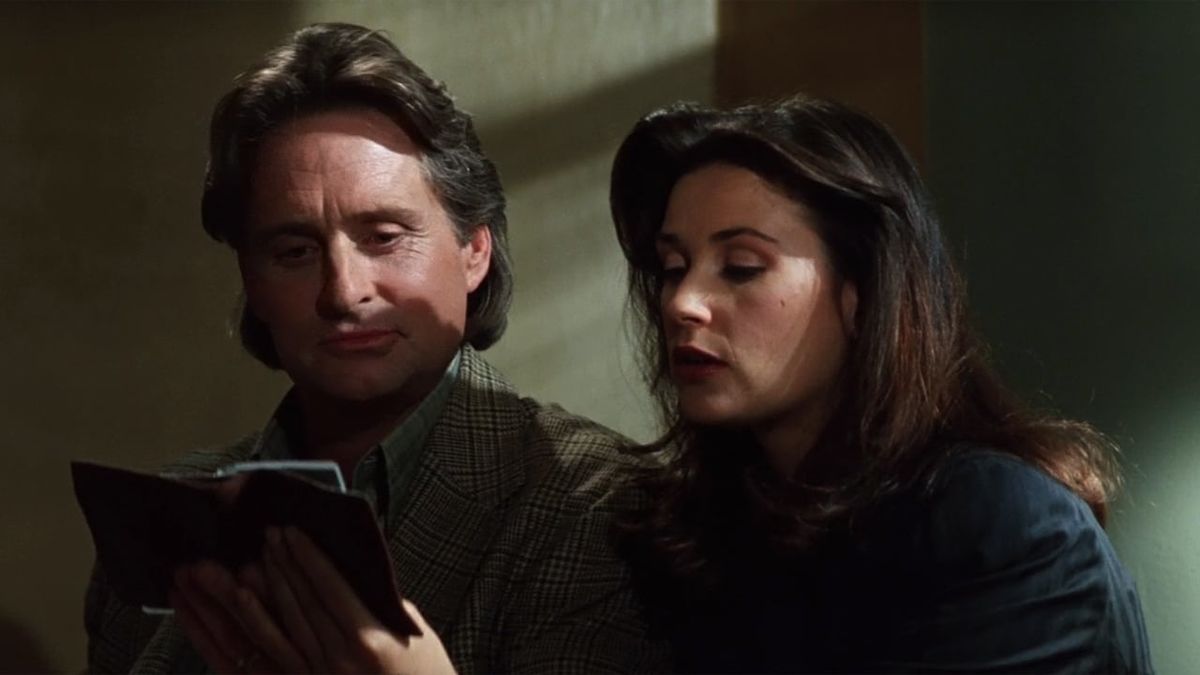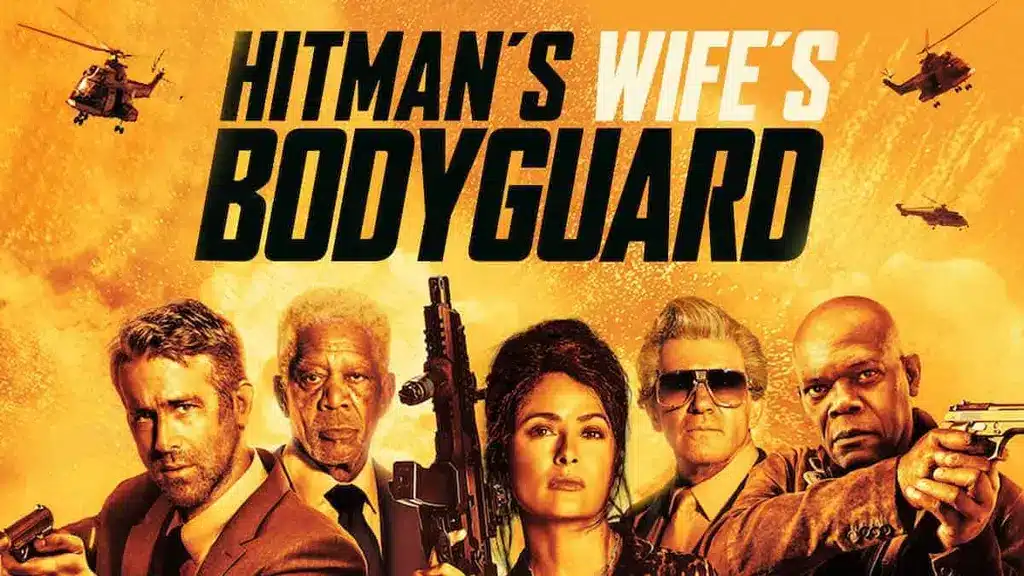A Grand Yet Uneven Finale
The Hobbit: The Battle of the Five Armies (2014), directed by Peter Jackson, is the concluding chapter of The Hobbit trilogy and serves as the bridge between The Hobbit and The Lord of the Rings film series. Based loosely on the final chapters of J.R.R. Tolkien's 1937 novel The Hobbit, this installment transforms a relatively brief part of the source material into a sprawling, CGI-heavy epic that emphasizes spectacle over subtlety. Clocking in at just under two and a half hours, the film focuses heavily on war, honor, loss, and the destructive nature of greed.
The story picks up immediately after the cliffhanger ending of The Desolation of Smaug (2013), with the dragon Smaug launching a fiery assault on the town of Lake-town. Bard the Bowman (Luke Evans) emerges as a heroic figure, killing the dragon and taking leadership of his people. Meanwhile, Thorin Oakenshield (Richard Armitage) and his company have reclaimed the Lonely Mountain and its vast treasure, but Thorin's mind becomes clouded by “dragon sickness”—an obsessive greed that mirrors the madness once afflicting his ancestors. His descent into paranoia and mistrust sets the stage for conflict not only with potential allies but with his own kin and companions.
As various factions—Men, Elves, Dwarves, Orcs, and other creatures—gather near the mountain, tensions rise over the rightful ownership of the treasure within. When diplomacy fails, the film erupts into the titular Battle of the Five Armies, a lengthy and visually intense clash filled with sweeping camera movements, massive armies, and heroic last stands. While the battle dominates the film’s runtime, Jackson intersperses emotional moments and character arcs, especially focusing on Bilbo Baggins (Martin Freeman), whose quiet wisdom and bravery shine through the chaos.
Bilbo remains the emotional heart of the story. Amid the bloodshed and political maneuvering, his humility and sense of morality offer a stark contrast to the greed and pride surrounding him. His interactions with Thorin—particularly in the latter’s final moments—are poignant and reflect the film’s deeper themes of loyalty, friendship, and the cost of ambition. Martin Freeman’s restrained and grounded performance anchors the film and provides a much-needed human touch.
Despite its dramatic highs, the film has been criticized for feeling overextended and bloated. What was originally a single children’s book chapter has been expanded into a near-endless sequence of action, much of it rendered through CGI. While the visuals are impressive at times, they can also feel numbing, especially when character development takes a backseat to spectacle. Additionally, the inclusion of characters and subplots not present in Tolkien’s original text—such as the romantic subplot between Tauriel and Kíli—remains divisive among fans.

Ultimately, The Battle of the Five Armies serves as a fitting, if flawed, conclusion to The Hobbit trilogy. It offers epic fantasy on a grand scale, delivers emotionally satisfying farewells, and neatly ties into the beginning of The Lord of the Rings. While it may lack the narrative depth and nuance of Jackson’s earlier Middle-earth films, it succeeds in providing a rousing finale that blends heroism, tragedy, and closure. For Tolkien fans and lovers of high fantasy, it remains a visually ambitious and thematically rich, if occasionally overwrought, farewell to Bilbo's journey.



